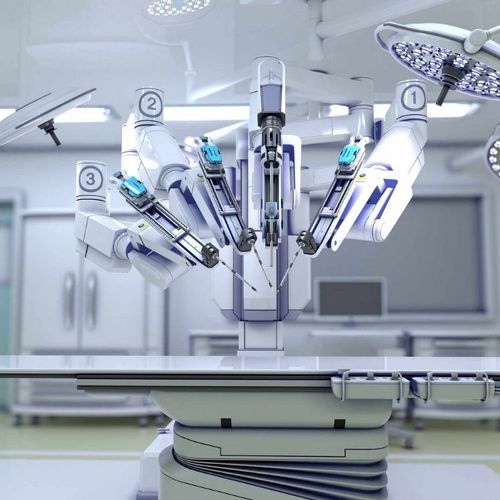At a recent meeting of the Heart Rhythm A society in Boston, Dr. Carlo Pappone from the San Raffaele University Hospital in Milan, Italy, sat at a computer keyboard, flanked by onlookers, as he operated on a patient almost 4,000 miles away.
The patient, a 34-year-old man, had a history of familial paroxysmal atrial fibrillation, or an irregular heartbeat.
The Procedure
Via a satellite link, Pappone manipulated a special soft catheter using a magnetic navigation system and performed an ablation-a procedure that effectively deadens cells in the heart and prevents the recurrence of the abnormal heart rhythm. The procedure lasted 50 minutes. There were no complications.
"Based on our experience with remote navigation and ablation technology, a new era in interventional electrophysiology is beginning," Pappone says. "Magnetic, very soft catheters can be navigated in the heart more precisely and safely than manual catheters without risk of major complications, even in less experienced centers," he concludes.
Pappone believes that this new procedure, coupled with the ability to operate robotically over long distances, will make this treatment available to people who could not otherwise receive it.
"People always have had a Love/hate relationship with robots, but this psychological barrier must be overcome. After performing more than 10,000 procedures with manually deflectable catheters, I have become enthusiastic for this emerging field," he adds
Cost May Be An Obstacle
The main obstacle to the widespread use of robotic surgery is cost. For example, the equipment used by Pappone cost more than $2 million. The expense of the equipment may make it prohibitive for hospitals in the developing world, where it is needed most.
